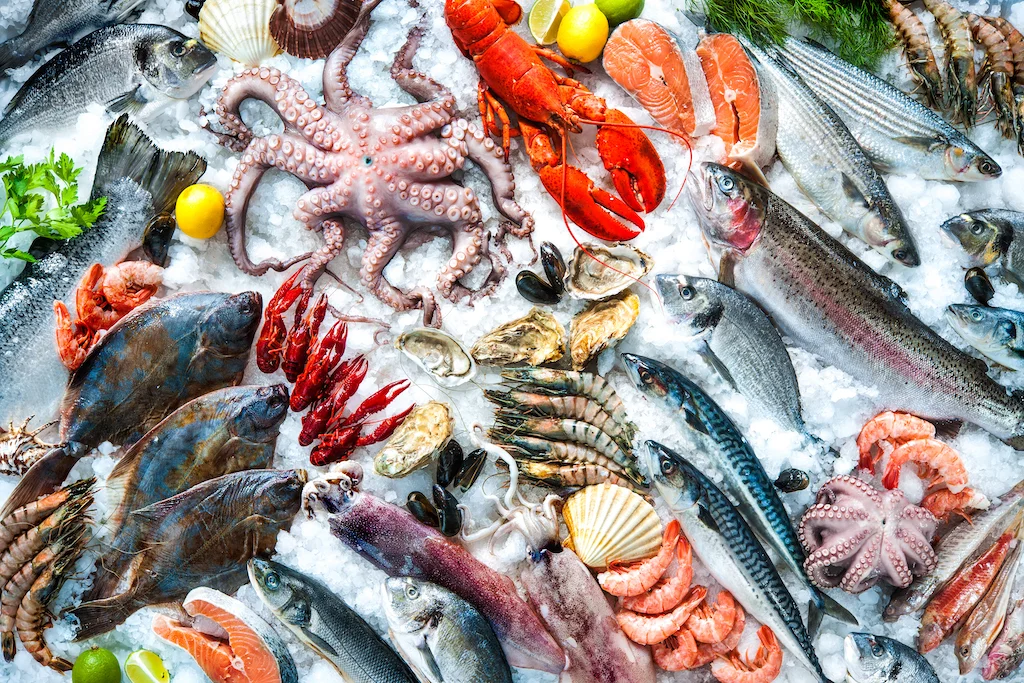Salmon and mackerel are two types of fish renowned for their exceptional nutritional value. Packed with essential nutrients, these oily fish offer numerous health benefits.
Salmon: The King of Fish
Salmon is a popular choice for its rich flavor and impressive nutritional profile. It’s an excellent source of:
- Omega-3 Fatty Acids: These heart-healthy fats reduce inflammation, lower blood pressure, and decrease the risk of heart disease.
- Protein: Salmon is a complete protein, providing all the essential amino acids your body needs.
- Vitamin D: Essential for bone health and immune function.
- Selenium: An antioxidant that protects cells from damage.
- B Vitamins: Important for energy metabolism and brain function.
How to Incorporate Salmon into Your Diet:
- Grilled Salmon: A classic and healthy option.
- Baked Salmon: Simple and versatile, can be flavored with herbs, spices, or sauces.
- Smoked Salmon: A delicious addition to salads, sandwiches, or as an appetizer.
- Salmon Patties: A healthier alternative to traditional meat patties.
Mackerel: A Small Fish, Big Benefits
Mackerel, often overlooked, is a nutritional powerhouse. It’s a great source of:
- Omega-3 Fatty Acids: Like salmon, mackerel is rich in omega-3 fatty acids, promoting heart health.
- Protein: A lean protein source that can help you feel full and satisfied.
- Vitamin B12: Essential for nerve function and red blood cell production.
- Selenium: An antioxidant that protects cells from damage.
How to Incorporate Mackerel into Your Diet:
- Grilled Mackerel: A simple and delicious way to enjoy mackerel.
- Baked Mackerel: Can be flavored with herbs, spices, or lemon.
- Mackerel Salad: A healthy and refreshing meal or snack.
- Mackerel Steaks: A versatile option that can be grilled, baked, or pan-fried.
Tips for Buying and Preparing Salmon and Mackerel:
- Choose Wild-Caught: Wild-caught salmon and mackerel are often considered more sustainable and nutrient-dense than farmed varieties.
- Check for Freshness: Look for fish with bright eyes, firm flesh, and a mild, fresh odor.
- Limit Processed Products: Avoid processed fish products like canned tuna in oil or smoked salmon with added preservatives.
- Cook Thoroughly: Cook fish to an internal temperature of 145°F (63°C) to ensure food safety.
- Season Simply: Let the natural flavor of the fish shine by using simple seasonings like salt, pepper, lemon, or herbs.
By incorporating salmon and mackerel into your diet, you can enjoy a delicious and nutritious meal that supports your overall health and well-being.

